Awarded twice with the NASA Space Flight Medal, professor in Space travel and one of the world's most experienced astronauts in spacewalks. It's with great honor we welcome Christer Fuglesang to the Oskar Pascal team.
Meet ambassador Christer Fuglesang
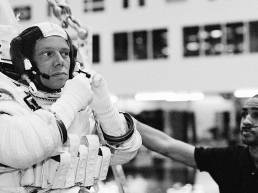
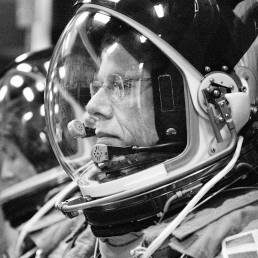
NASA Celsius mission 2006
Space Shuttle STS-116
In 2006, Christer Fuglesang flew as Mission Specialist on Space Shuttle Discovery for STS-116 to the International Space Station. During his Celsius mission, Fuglesang conducted three spacewalks. His tasks were to attach new hardware to the Station and to reconfigure the Station’s electrical power system. The unscheduled third spacewalk freed the Station’s jammed P6 solar array. His total spacewalk time during the mission was 18 hours 14 minutes.


NASA Celsius mission 2006
Space Shuttle STS-116
In 2006, Christer Fuglesang flew as Mission Specialist on Space Shuttle Discovery for STS-116 to the International Space Station. During his Celsius mission, Fuglesang conducted three spacewalks. His tasks were to attach new hardware to the Station and to reconfigure the Station’s electrical power system. The unscheduled third spacewalk freed the Station’s jammed P6 solar array. His total spacewalk time during the mission was 18 hours 14 minutes.
NASA Alissé mission 2009
Space Shuttle STS-128
Fuglesang‘s second spaceflight lasted from 29 August to 12 September 2009. He was Mission Specialist on Space Shuttle Discovery for STS-128 to the International Space Station. On this Alissé mission, Fuglesang made two spacewalks, installing an ammonia tank and preparing for the installation of the European-built Node-3 module. He spent 13 hours and 40 minutes spacewalking, bringing his total time spent spacewalking to 31 hours and 54 minutes.
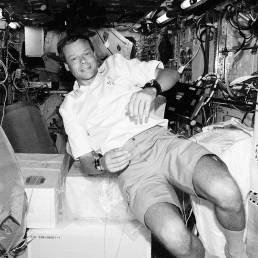

NASA Alissé mission 2009
Space Shuttle STS-128
Fuglesang‘s second spaceflight lasted from 29 August to 12 September 2009. He was Mission Specialist on Space Shuttle Discovery for STS-128 to the International Space Station. On this Alissé mission, Fuglesang made two spacewalks, installing an ammonia tank and preparing for the installation of the European-built Node-3 module. He spent 13 hours and 40 minutes spacewalking, bringing his total time spent spacewalking to 31 hours and 54 minutes.
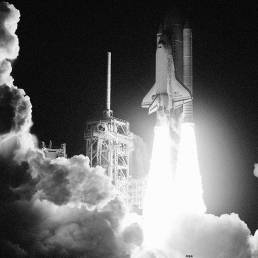

Atomic level engineering
ZR01 space metal for the toughest of missions
OP483 is the only watch made of ZR01 amorphous metal, used by NASA as mirrors on satellites in space. Due to its high corrosion resistance in extreme environments NASA also uses amorphous metals for gears and drilling heads for moon rovers. ZR01 is three times stronger than stainless steel with a remarkable Vickers hardness of 483.
In contrast to other metals, ZR01 has a disordered atomic structure giving it unique properties in strength, hardness and resistance. The amorphous structure provides excellent haptic and isotropic behaviour and is non magnetic.


Atomic level engineering
ZR01 space metal for the toughest of missions
OP483 is the only watch made of ZR01 amorphous metal, used by NASA as mirrors on satellites in space. Due to its high corrosion resistance in extreme environments NASA also uses amorphous metals for gears and drilling heads for moon rovers. ZR01 is three times stronger than stainless steel with a remarkable Vickers hardness of 483.
In contrast to other metals, ZR01 has a disordered atomic structure giving it unique properties in strength, hardness and resistance. The amorphous structure provides excellent haptic and isotropic behaviour and is non magnetic.
a new level of technology
Enforcing our space legacy
Being part of the Oskar Pascal team, Christer Fuglesang will be working on the development of new watch models and pod functions.
“The ZR01 space metal and the Pod system are truly interesting. I hope to add technical edge to the Oskar Pascal timepieces through my experience with NASA and space travel.”
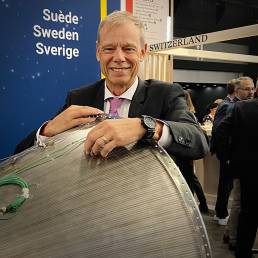

a new level of technology
Enforcing our space legacy
Being part of the Oskar Pascal team, Christer Fuglesang will be working on the development of new watch models and pod functions.
“The ZR01 space metal and the Pod system are truly interesting. I hope to add technical edge to the Oskar Pascal timepieces through my experience with NASA and space travel.”